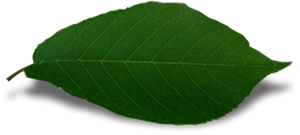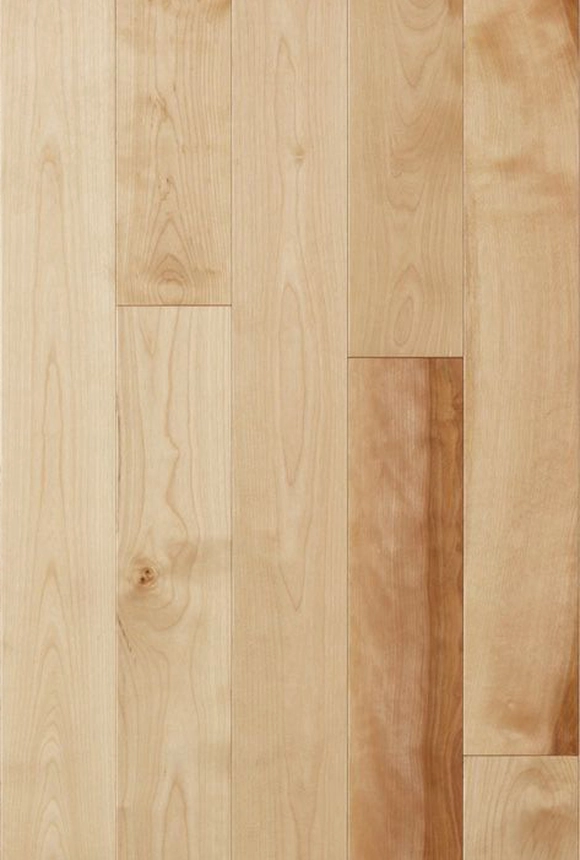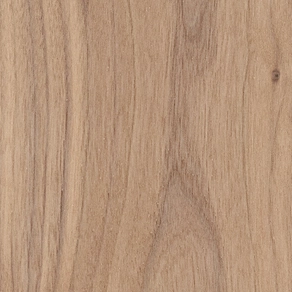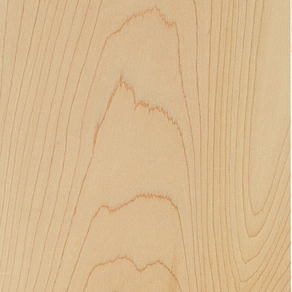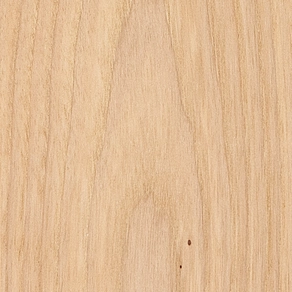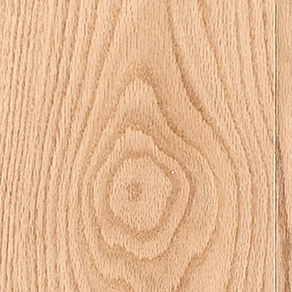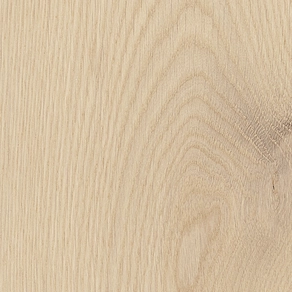
Species
The species of a tree is its identity and each one has its own grain, color and properties. Here are two tips to help you find the species that is best suited for your needs.

Determine whether you prefer species with a visible or discreet wood grain
Wood species are first differentiated by their grain, in other words, by the visible contrast of the growth rings. Species such as red oak, white oak, white ash and hickory possess a pronounced wood grain that gives them character. Hard maple and yellow birch, on the other hand, display a tighter and less contrasted grain.
Think about the room where your floor will be installed
For a flooring project in high foot traffic rooms, you can go for a rough and textured wood, like red oak, white oak or white ash. Their rich and contrasted appearance can help conceal the everyday life mishaps.
Also know that hardwood species are more resistant to repeated impact caused by objects being dropped to the ground. Among the hardest wood species, hickory, white oak and hard maple are the most popular.

Wood Hardness Rating
This is determined by the Janka hardness test that measures the force needed to embed a small metal ball into the wood. The higher the number, the more resistant the wood.
Our Species
American Walnut
American Walnut (Juglans) offers rich and varied contrasting tones. Its colour ranges from a beige that's practically white in the sapwood to a light brown, to chocolate brown in the heartwood. Walnut changes colour moderately over time, becoming a lighter, golden more uniform brown.
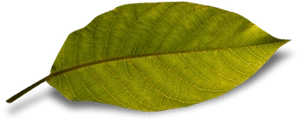
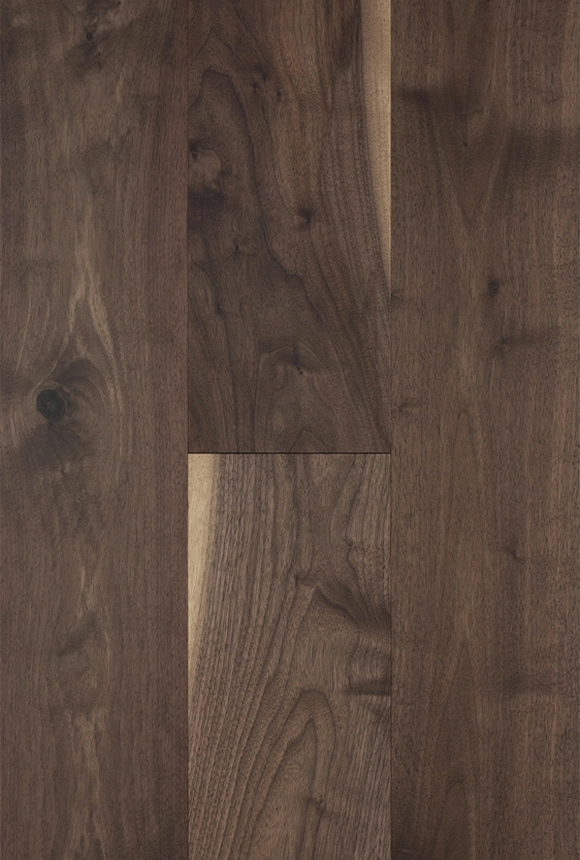
Hard Maple
Maple (Acer saccharum) is a fine-grained wood with a uniform texture. Its growth rings are narrow and faintly contrasted. Its colour varies from a beige that's almost white in the sapwood to a more full-bodied brown, making it the lightest hardwood species. Its colour changes moderately over time, becoming more golden hued.
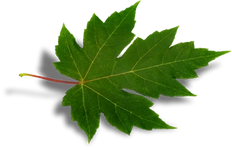
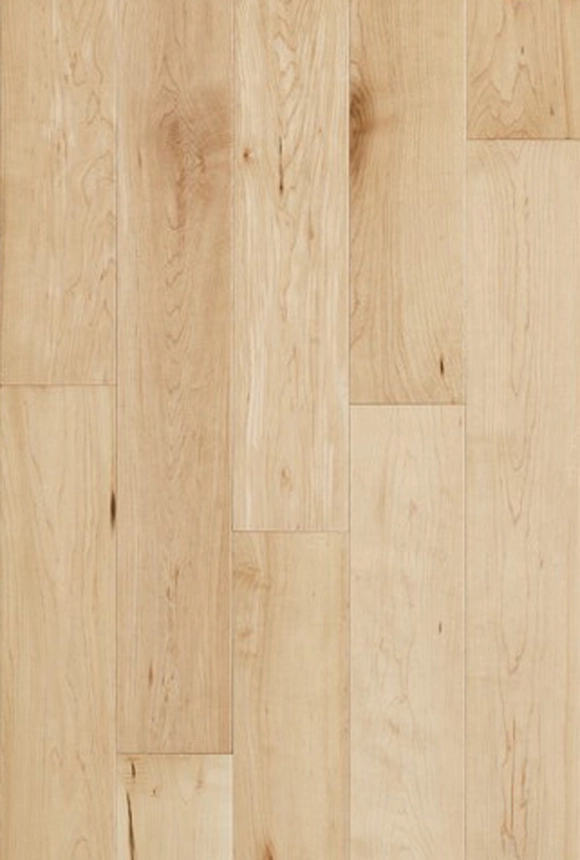
Hickory
Hickory (Carrya spp.) is a textured wood with visible growth rings. Its colour varies widely in tone, going from golden brown to full-bodied brown. This species also has pronounced knots that accentuate its natural character.
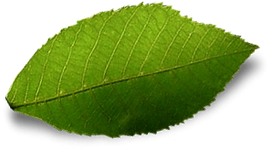
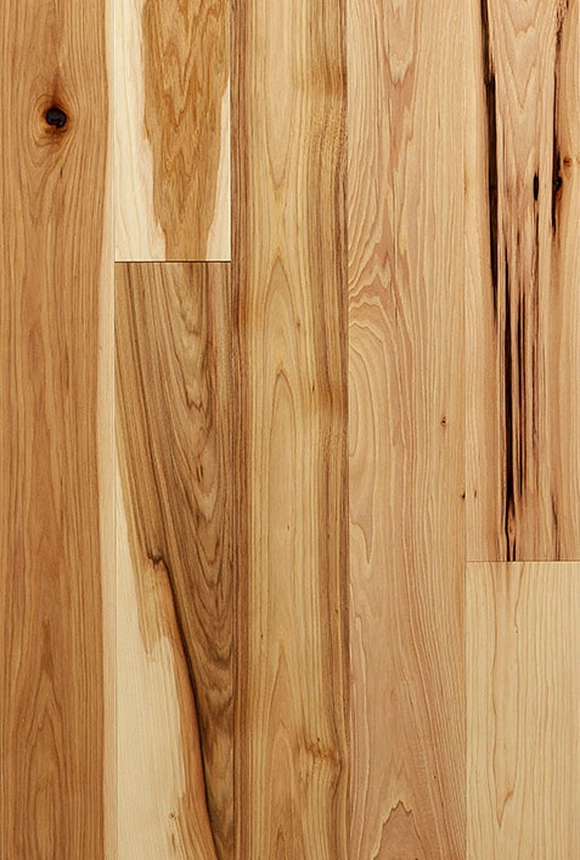
Red Oak
Red Oak (Quercus rubra) has a distinctive, textured grain with clearly visible growth rings. Its colour ranges from a slightly pinkish beige to a reddish brown. The colour of Red Oak moderately changes over time becoming lightly amber in hue.
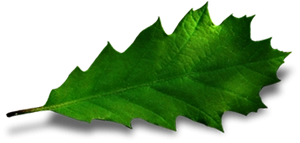
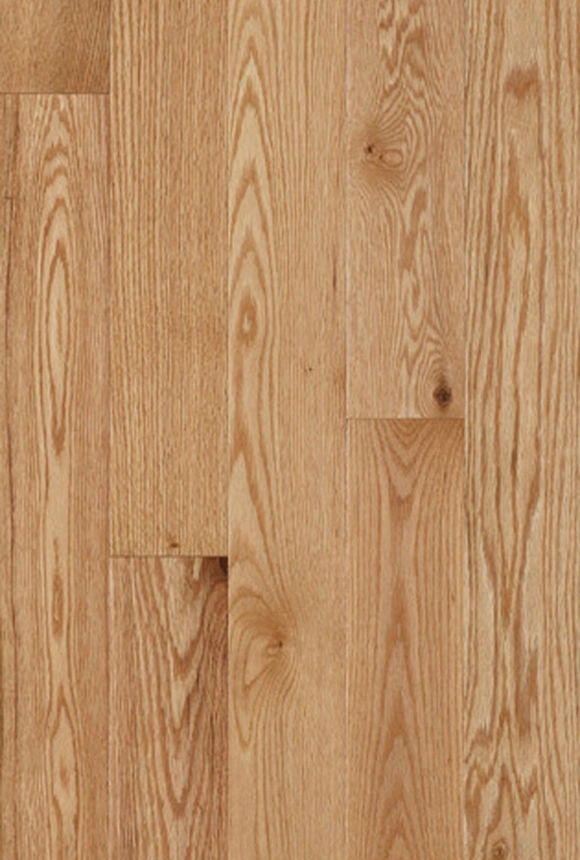
White Ash
White Ash (Fraxinus Americana) growth rings are clearly visible, although less pronounced than in Oak. Distinctively warm and rustic-looking, White Ash ranges in colour from creamy white with golden undertones to dark brown. Its colour changes moderately over time, becoming amber in hue.
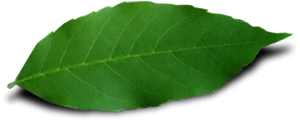
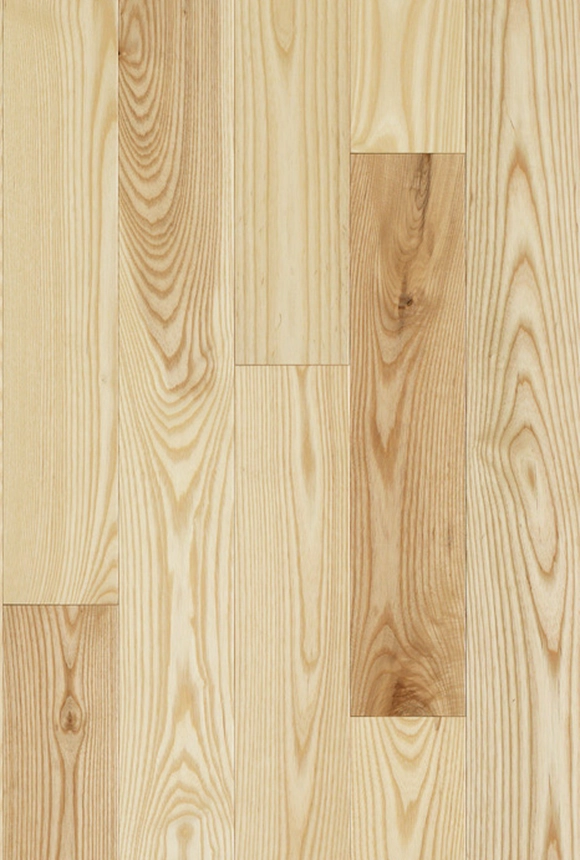
White Oak
The grain of White Oak (Quercus alba) is similar to that of Red Oak. It also has clearly visible growth rings. In colour, it varies from pale cream beige to a greyish brown. The colour change of White Oak is moderate and it becomes slightly amber in hue over time.
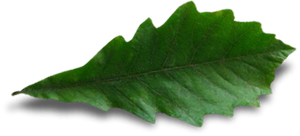

Yellow Birch
Yellow Birch (Betula alleghaniensis) is a straight-grained wood with a uniform texture. With golden undertones, its colour ranges from creamy beige to reddish brown. Its colour changes moderately, become lightly amber hued.
